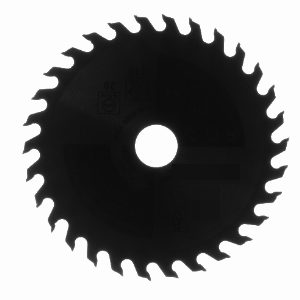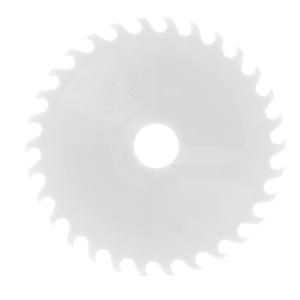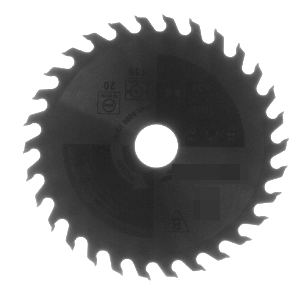You are here: Start » AVL.NET » AVL.LogarithmImage(AvlNet.ImagePointTransformsState, AvlNet.Image, AvlNet.Region, float?, float, bool, AvlNet.Image, AvlNet.Profile)
AVL.LogarithmImage(AvlNet.ImagePointTransformsState, AvlNet.Image, AvlNet.Region, float?, float, bool, AvlNet.Image, AvlNet.Profile)
| Namespace: | AvlNet |
|---|---|
| Assembly: | AVL.NET.dll |
Syntax
public static void LogarithmImage( ref AvlNet.ImagePointTransformsState ioState, AvlNet.Image inImage, AvlNet.Region inRoi, float? inScale, float inOffset, bool inNormalizeZero, out AvlNet.Image outImage, out AvlNet.Profile diagLutProfile )
Parameters
- ioState
- Type: AvlNet.ImagePointTransformsState
- inImage
- Type: AvlNet.Image
- inRoi
- Type: AvlNet.Region
- inScale
- Type: System.Nullable<System.Single>
- inOffset
- Type: System.Single
- inNormalizeZero
- Type: System.Boolean
- outImage
- Type: AvlNet.Image
- diagLutProfile
- Type: AvlNet.Profile
Description
The operation applies logarithmic operator to each pixel of an image. Logarithmic operator is defined as follows:
\[inScale \cdot \frac{log(inOffset + |P(x,y)|)}{log(inOffset + M)}\]
where:
- M is the maximum of the inImage type (i.e. 255 for UInt8, 127 for Int8).
- inScale is the expected maximum value of the transformation. If set to Auto it will result in value 127 for Int8 image and 255 for other image types.
- inOffset value corresponds to the camera's black level. Its default value is equal 1 and causes the strongest possible transform.
When inNormalizeZero is set to True, the result is not only scaled, but also normalized so that pixel value 0 is still transformed into value 0. This assures that the entire output value range is utilized.
Examples
 |
 |
 |
The LogarithmImage performed on the sample image with parameters inScale = 250, inOffset = 50. The middle image inNormalizeZero = False and the left image has inNormalizeZero = True.
Hardware Acceleration
This operation supports automatic parallelization for multicore and multiprocessor systems.
Hardware acceleration settings may be manipulated with Settings class.


